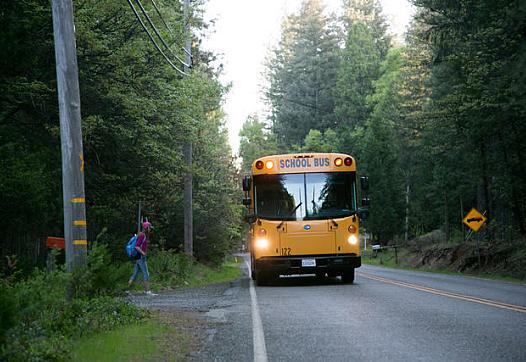
We were about 30 seconds into our first look at the California Department of Education’s chronic absenteeism data when we knew what our story would be.

We were about 30 seconds into our first look at the California Department of Education’s chronic absenteeism data when we knew what our story would be.

This story was produced as part of a larger project led by Jessica Cejnar, a participant in the USC Center for Health Journalism's 2019 California Fellowship....
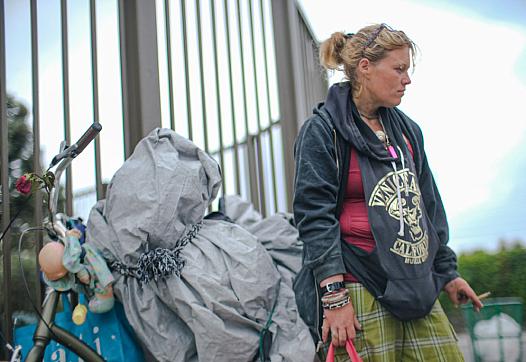
This story was produced as part of a larger project led by Gary Walker, a participant in the USC Center for Health Journalism's California Fellowship....
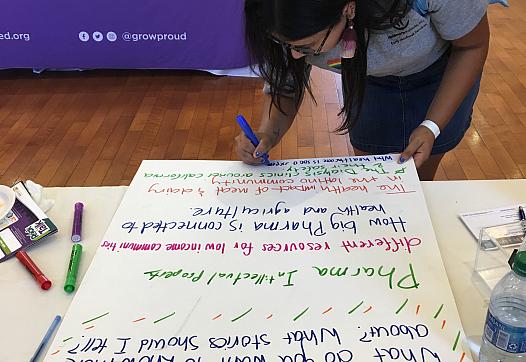
This story was produced as a project for the USC Center for Health Journalism's 2018 Data Fellowship.

This story was produced as part of a larger project led by Courtney Teague, a participant in the 2019 California Fellowship....

“We have plenty of housing, but we don’t have jobs that are available to employable residents. People have to traverse out of East Palo Alto to go to their workplace."
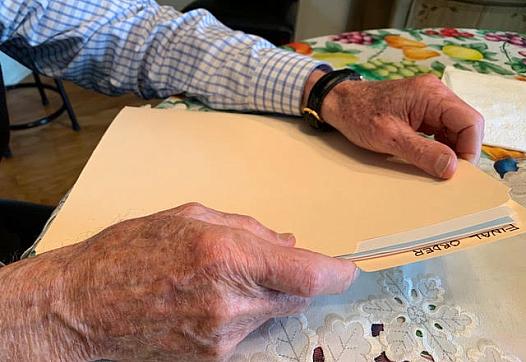
"People talk to me about all sorts of health issues, even addiction and sexual assault. Elder abuse was different."

This story was produced as part of a larger project led by Gary Walker, a participant in the USC Center for Health Journalism's California Fellowship....

This story was produced as a project for the 2019 California Fellowship, a program of USC Annenberg's Center for Health Journalism....
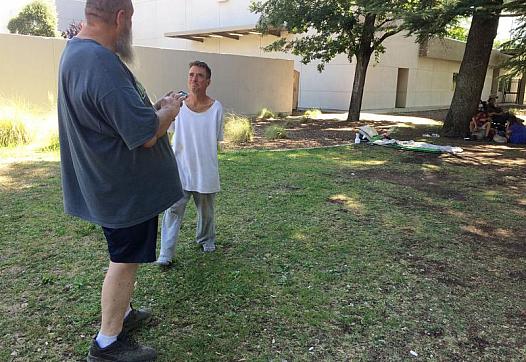
When a major wildfire burns into an urban area, federal disaster officials are quick to offer financial help to people who lose their homes. But not everyone is eligible for aid after a wildfire.